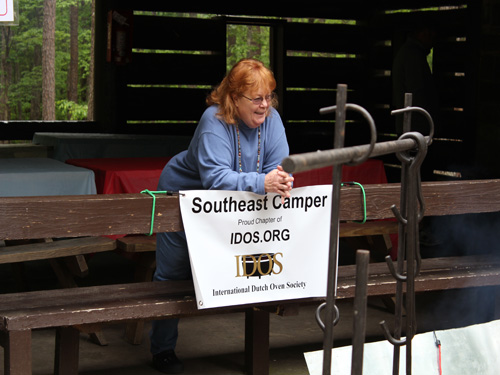Origins of Grilling and Barbecue
In suburban Chicago, George Stephen, a metalworker by trade and a tinker by habit, had grown frustrated with the flat, open brazier-style grills common at the time. Once he inherited controlling interest in the Weber Bros. Metal Spinning Co, a company best-known as a maker of harbor buoys, he decided the buoy needed some modification. He cut it along its equator, added a grate, used the top as a lid, and cut vents for controlling temperature. The Weber grill was born and backyard cooking has never been the same.
If man has been grilling since the Stone Age, he had to wait a good long time before he got his first taste of ‘barbecue.’ Just how long is a matter of debate, but the word’s etymology has been traced via the Spanish (‘barbacoa’) to a similar word used by the Arawak people of the Caribbean to denote a wooden structure on which they roasted meat. (The Arawak’s other contribution to the English language is the word ‘cannibal’.) Only the sense of a wooden framework survived the word’s transition to English; the context was lost. So, in the 17th century, you might use a ‘barbecue’ as shelving or you might sleep on a ‘barbecue’ — but you definitely weren’t cooking with one.
Like so many of the most recognizably “American” of foods and food ways – hot dogs, Thanksgiving dinners, even milk on breakfast cereals-barbecue goes back to 18th-century colonial America, specifically the settlements along the Southeastern seaboard. The direct descendant of that original American barbecue is Eastern Carolina-style pit barbecue, which traditionally starts with the whole hog and, after as many as fourteen hours over coals, culminates in a glorious mess of pulled pork doused with vinegar sauce and eaten on a hamburger bun, with coleslaw on the side.
As the settlers spread westward, regional variations developed, leaving us today with four distinct styles of barbecue.
Carolina-style has split into Eastern, Western, and South Carolina-style, with variations largely in the sauce: South Carolina uses a mustard sauce; Western Carolina uses a sweeter vinegar-and-tomato sauce.
Memphis Barbecue is probably what most of us think of when we think of BBQ-pork ribs with a sticky sweet-and-sour tomato-based mopping sauce.
Texas, being cattle country, has always opted for beef, usually brisket, dry-rubbed and smoked over mesquite with a tomato-based sauce served on the side, almost as an afterthought.
Kansas City lies at the crossroads of BBQ nation. Fittingly you’ll find a little bit of everything there-beef and pork, ribs and shoulder, etc. What brings it all together is the sauce: sweet-hot, tomato-based KC barbecue sauce is a classic in its own right, and the model for most supermarket BBQ sauces.
Source “Food Network” (I did research on this and could not write it any better, Thank you, Food Network)

